How to Choose the Right Tool Holders for Your Industrial Applications
Selecting the appropriate tool holders is a critical decision in optimizing your industrial applications. Tool holders play a pivotal role in ensuring the efficiency, accuracy, and longevity of your machining operations. With a myriad of options available, understanding the various types of tool holders and their specific applications is essential for streamlining production processes and enhancing overall performance.
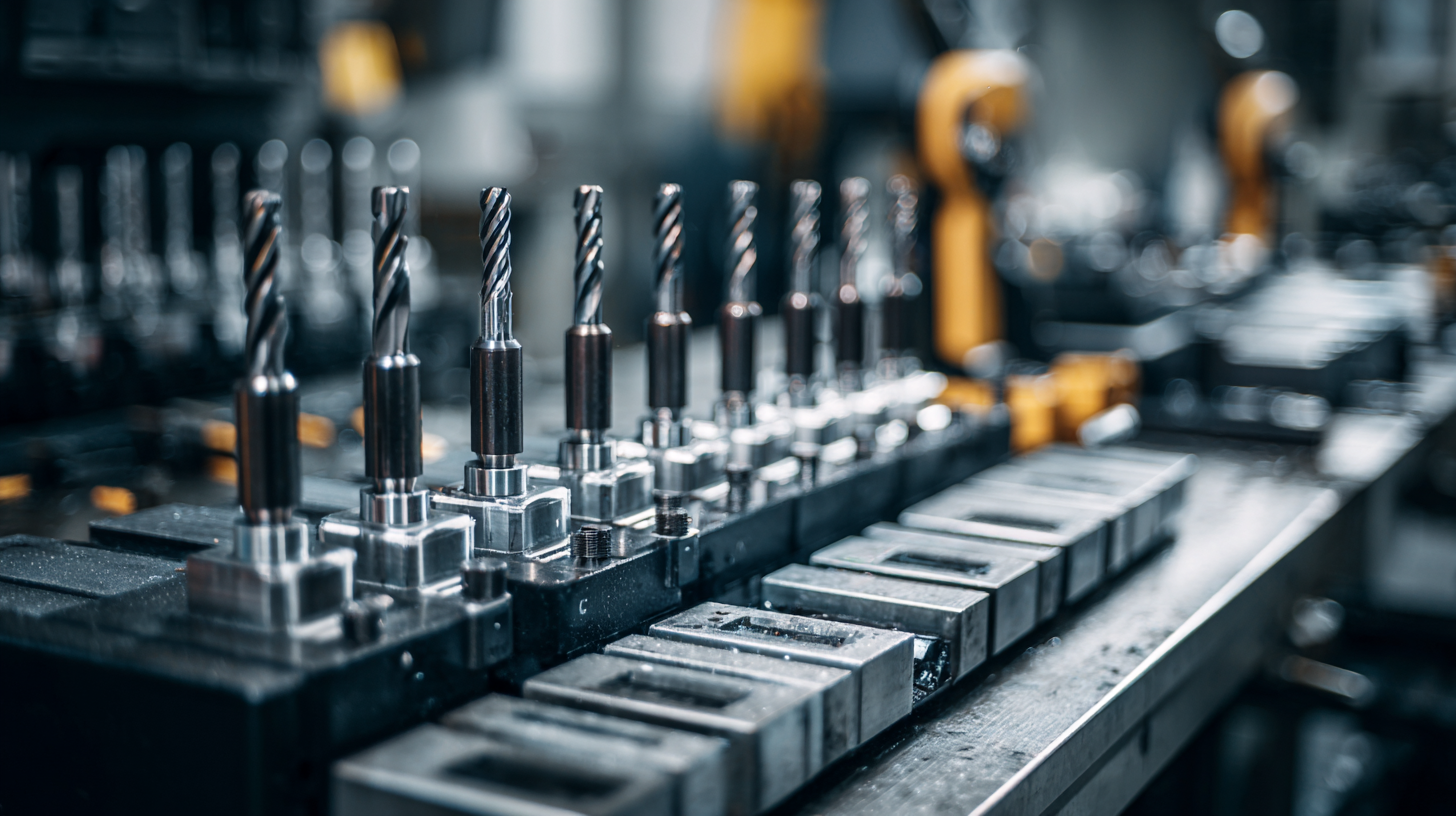
This guide aims to provide you with the necessary insights to choose the right tool holders tailored to your specific needs. Whether you are dealing with turning, milling, or drilling tasks, the right selection can significantly impact the quality of your finished products, reduce downtime, and improve cost-effectiveness. By examining key factors such as material compatibility, attachment methods, and precision requirements, you can make informed decisions that will benefit not only your current projects but also future endeavors in your industrial operations.
Understanding Different Types of Tool Holders and Their Applications
When selecting the right tool holders for industrial applications, it's crucial to understand the various types available and their specific uses. One common type is the collet chuck, which provides a high level of precision and gripping power. This is ideal for applications requiring tight tolerances, such as machining intricate parts. Collet chucks are versatile and can accommodate different sizes of tools, making them popular in CNC machining environments.
Another prevalent style is the taper holder, which provides a secure fit and easy tool change. Taper holders, such as Morse tapers and BT tapers, are widely used in milling and drilling operations. They offer excellent stability during high-speed operations, minimizing vibration and enhancing tool life. Additionally, shell mill holders are designed for larger cutting tools, allowing for efficient material removal in heavy-duty machining tasks. Understanding these tool holder types and their applications is essential for optimizing performance and productivity in any industrial setting.
Tool Holder Types and Their Applications
Evaluating Material Choices for Tool Holders in Industrial Settings
When selecting tool holders for industrial applications, understanding the material choices is crucial for optimizing performance and durability. Tool holders are typically made from various materials, including steel, aluminum, and composite materials, each offering distinct advantages. Steel tool holders are known for their strength and longevity, making them ideal for high-stress environments. On the other hand, aluminum provides a lightweight option that reduces handling fatigue and increases maneuverability, especially in precision machining tasks.
Tips: When evaluating materials, consider the specific demands of your application, including weight constraints and the type of machining being performed. If you're working with heavier tools, prioritize steel for its rigidity. For operations requiring precision and speed, a well-constructed aluminum holder might enhance efficiency.
Composite materials are another option gaining popularity for their balance of weight and strength. They can absorb vibrations, leading to improved surface finishes. It's essential to assess the compatibility of the holder material with the tools and the environment they're operating in, ensuring both optimal performance and longevity.
Tips: Always inquire about the thermal properties of the material, as variations in temperature can affect tool performance. Additionally, look for holders with corrosion-resistant coatings if they will be used in humid or chemically reactive environments.
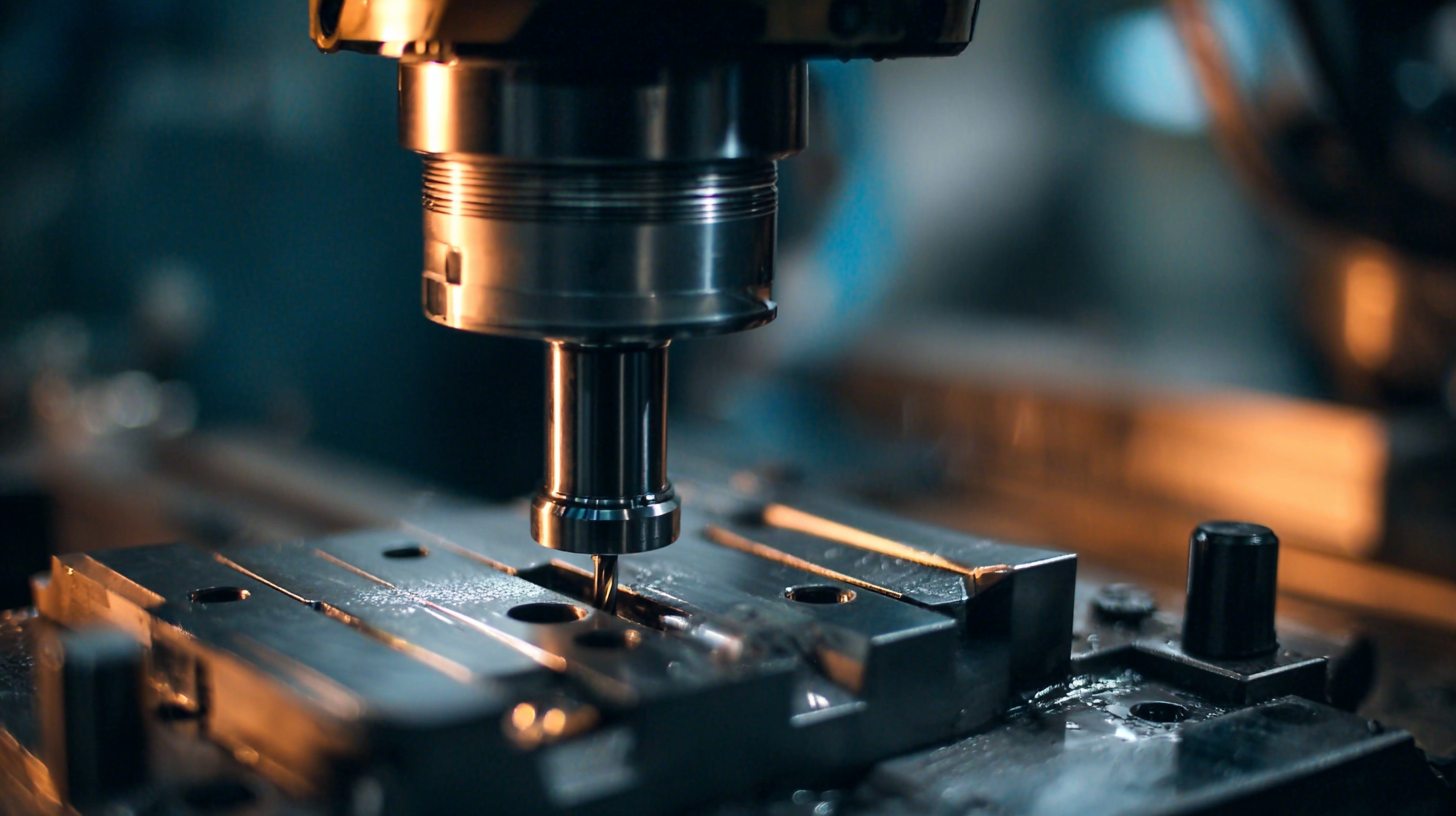
Key Factors to Consider When Selecting Tool Holders for Your Machinery
When selecting tool holders for industrial applications, there are several key factors that must be considered to ensure optimal performance and efficiency. First and foremost, the compatibility of tool holders with existing machinery is critical. According to a report by the Association for Manufacturing Technology (AMT), mismatched tool holders can result in up to a 30% reduction in machining precision. Therefore, identifying the correct interface dimensions and locking mechanisms that align with your equipment is essential.
Another significant consideration is the material and construction of the tool holders. High-quality materials such as carbide or high-speed steel typically offer better durability and longevity, as noted by a study from the National Association of Manufacturers (NAM), which found that using superior tool holders can extend their lifespan by 40% compared to lower-quality options. Additionally, tool holders featuring advanced designs, like those with vibration dampening capabilities, can enhance machining performance by reducing tool wear and improving surface finish.
Lastly, the specific application or machining process should dictate the selection of tool holders. For instance, operations involving high-speed machining may require holders that can accommodate higher speeds and reduce thermal expansion. The Manufacturing Industry Standards (MIS) recommend evaluating the cutting forces and vibration characteristics of your application to make informed decisions that lead to increased productivity and reduced operational costs. By focusing on these factors, businesses can select the most suitable tool holders and significantly enhance their manufacturing processes.
Aligning Tool Holder Selection with Production Efficiency and Cost-Effectiveness
When selecting tool holders for industrial applications, aligning their choice with production efficiency and cost-effectiveness is paramount. The growth in the tool holder market underscores the significance of making informed decisions; projections indicate that the market will exceed $10.8 billion in 2024, with a compound annual growth rate of over 4.2% expected through 2037. This growing trend highlights the need for businesses to evaluate not only the performance but also the financial implications of their tool holder selections.
Choosing the right tool holders can streamline production processes, minimize downtime, and enhance overall output quality. Businesses should consider factors such as material compatibility, precision, and flexibilities, such as quick-change capabilities, to enhance efficiency. As the demand for advanced tool holding solutions rises, aligning tool holder selection with strategic operational goals will drive both productivity and profitability, thus reinforcing the importance of making well-informed, cost-effective choices in this vital aspect of manufacturing.
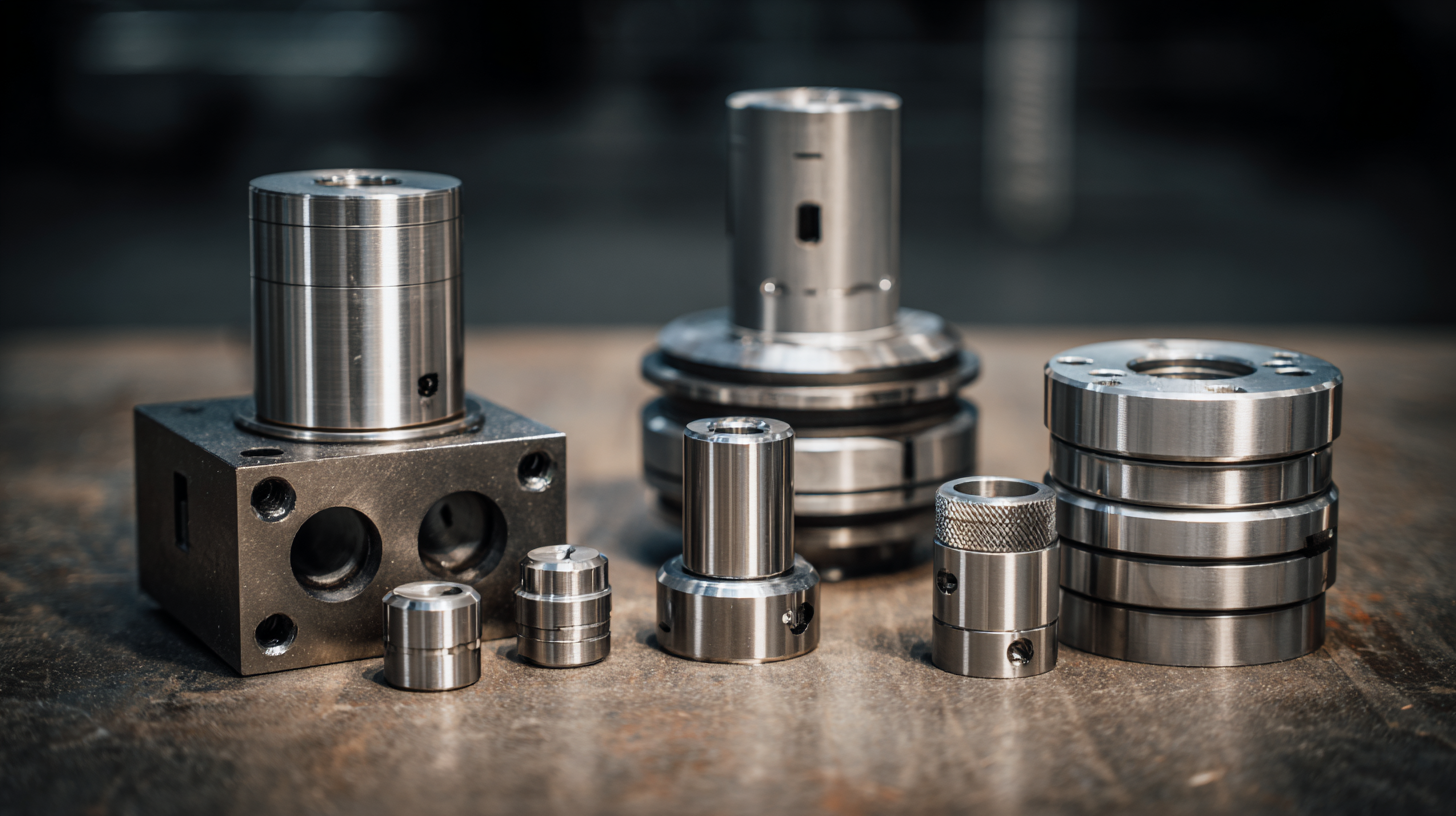
Maintenance Tips to Ensure Longevity of Your Tool Holders in Operations
When it comes to industrial applications, selecting the right tool holders is crucial for ensuring efficiency and accuracy. However, simply choosing the correct tool holders is not enough; regular maintenance is essential to prolong their lifespan and enhance performance. Proper maintenance can significantly reduce equipment downtime and increase overall productivity.
One vital tip is to regularly clean the tool holders to remove any built-up debris or coolant. This ensures that they function correctly and maintain their precision. Additionally, inspect the tool holders for any signs of wear or damage. Addressing issues promptly can prevent more significant problems down the line.
Another important aspect is lubrication. Applying the appropriate lubricant can help minimize friction and prevent premature wear. Always refer to the manufacturer’s guidelines for the best practices regarding lubrication. By following these maintenance tips, you can ensure that your tool holders remain in optimal condition, contributing to the success of your operations.
How to Choose the Right Tool Holders for Your Industrial Applications - Maintenance Tips to Ensure Longevity of Your Tool Holders in Operations
| Tool Holder Type | Application | Material | Maintenance Tips | Longevity (Years) |
|---|---|---|---|---|
| Milling Tool Holder | Milling Operations | Steel | Clean regularly and inspect for wear | 5-10 |
| Lathe Tool Holder | Turning Operations | Aluminum | Lubricate moving parts and check alignment | 5-8 |
| Electrode Holder | Electrical Discharge Machining (EDM) | Copper | Rinse with water, dry thoroughly after use | 3-6 |
| Drill Chuck Holder | Drilling Operations | High-carbon Steel | Keep clean and check for rust | 4-7 |
| Face Mill Holder | Face Milling | Carbide | Inspect for tightness and wear | 5-9 |
Related Posts
-
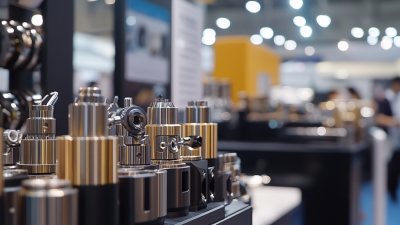
Exploring the Future of Tool Holders at the 137th Canton Fair: Innovations and Opportunities Ahead
-
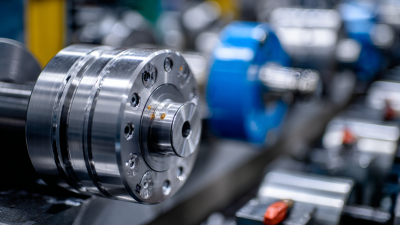
Unlocking the Future: How 2025's Tech Trends Will Revolutionize Best Tool Holders in Manufacturing
-
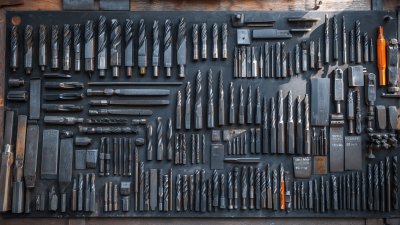
Ultimate Checklist for Sourcing the Best Carbide Tools Worldwide
-

5 Essential Tips for Global Buyers: Maximizing ROI with Indexable Tooling in Manufacturing
-

How to Navigate Global Import and Export Certifications for the Best Carbide Cutters
-
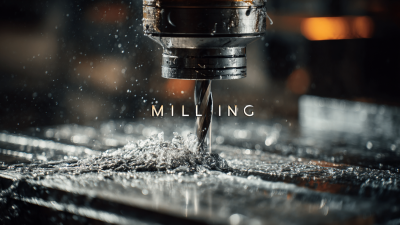
Ultimate Guide to Choosing the Best Milling Cutter for Your Manufacturing Needs

